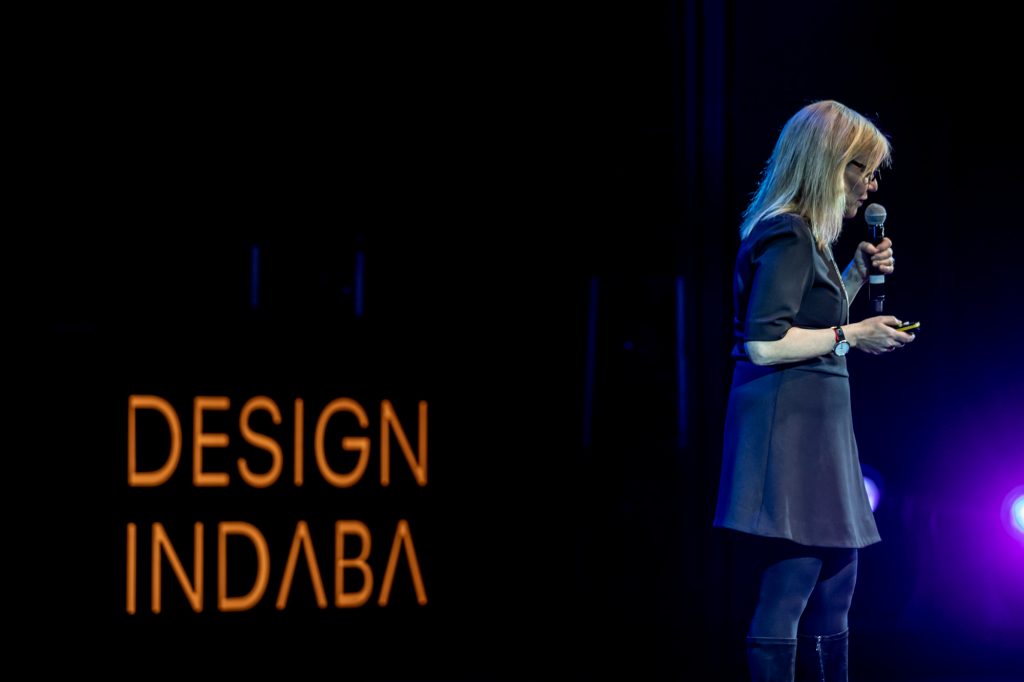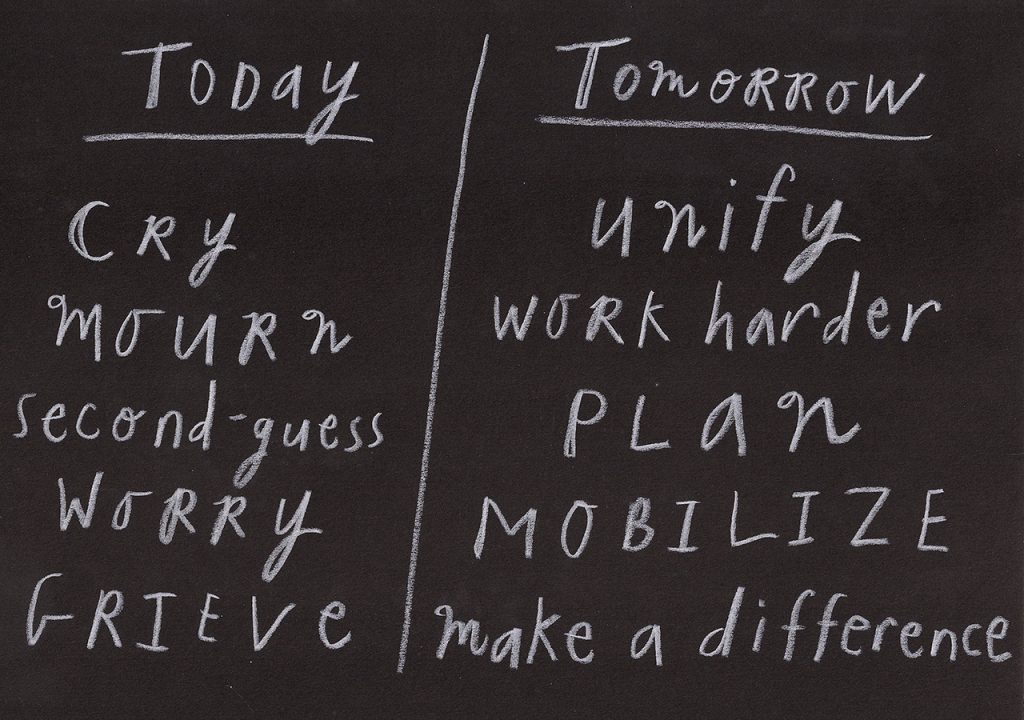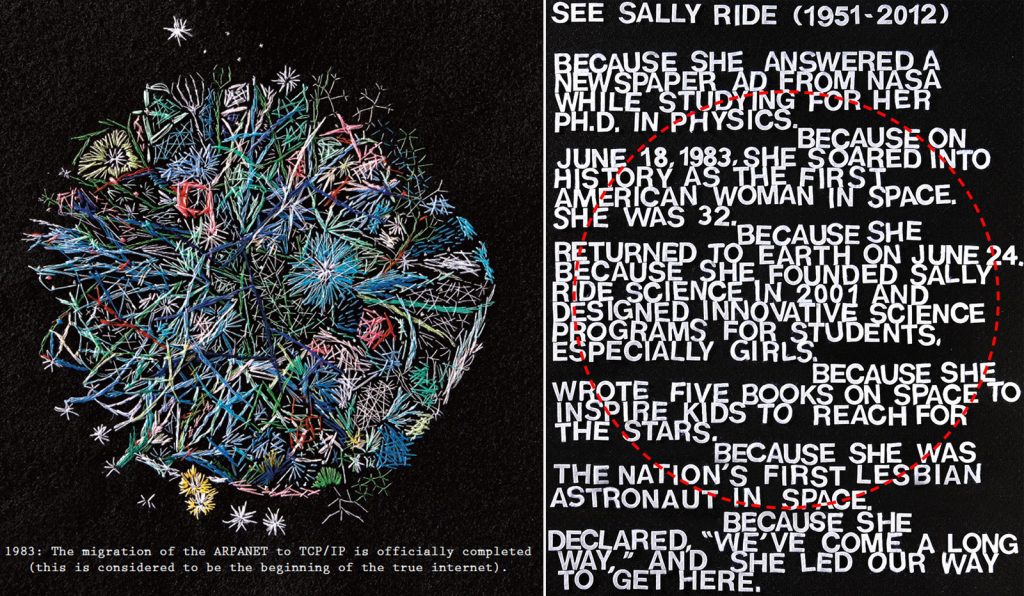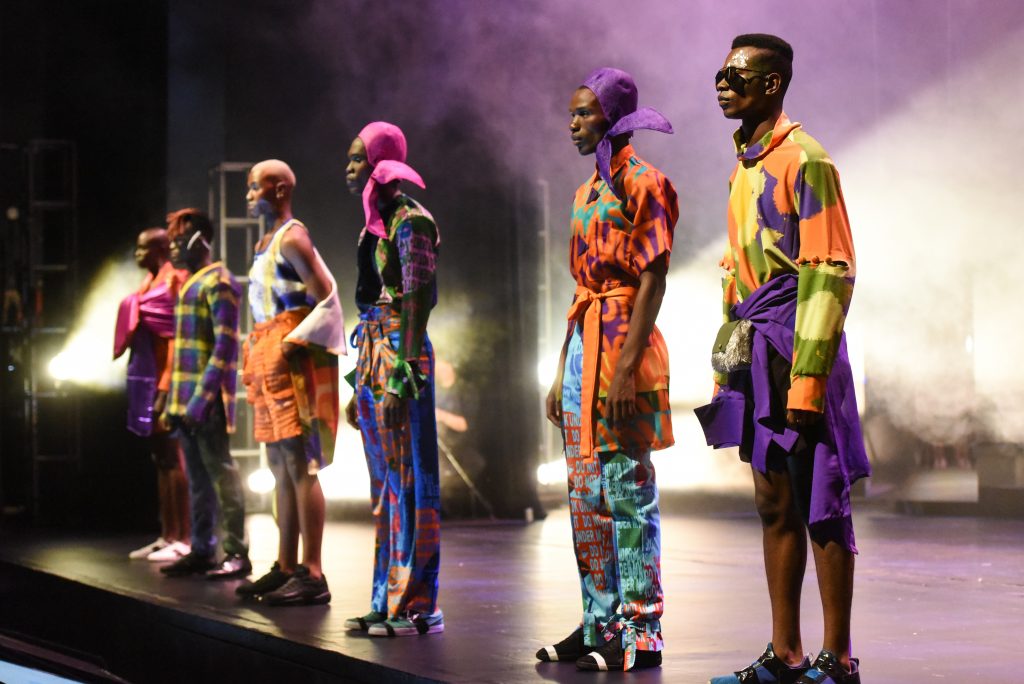Design Indaba 2020: Writer, Designer, and Branding Expert Debbie Millman
In Cape Town, the educator explains how branding stems from the symbols we created to telegraph our differences and affiliations 32,000 years ago

A careful observer of the world of design, Debbie Millman approaches her work as a designer, illustrator, author, teacher, branding consultant and speaker with grace and acumen. She has worked with hundreds of companies and corporations on branding projects that have become exemplary case histories studied all over the world. In 2005, she founded Design Matters, an award-winning podcast for which she has interviewed 500+ designers, artists, creatives, writers and entrepreneurs. Along with Steven Heller, she co-founded the Masters in Branding program at the School of Visual Arts in New York. Among her many awards, she received an AIGA medal for her contribution to the design industry. Given her impressive accomplishments, it was no surprise to see Millman’s name on the list of speakers at the 25th edition of Design Indaba. After a talk that spanned thousands of years of visual history, we met her to explore some of topics she mentioned on stage.

Millman believes that contemporary movements such as the Arab Spring and #metoo represent a sort of reversal of more traditional branding practices. And her explanation for the success of such movements is rooted in a practice that began thousands of years ago. “We started creating marks on the cave walls of Lascaux 32,000 years ago and that was in an effort to record and document our reality,” she tells us. “As we evolved and grew more conscious of ourselves and our identities, we started to perceive a bigger world around us and that’s when we projected on to a higher power that brought us here. Because we had different beliefs and we felt safer in groups, we started to develop symbols to be able to telegraph our affiliations. We started to develop marks that became our religious symbology. And we’ve been doing that ever since we started about 6000 years ago. We created marks to deliberately differentiate one system of beliefs from another. And that is what I call the very bottom of branding. We the people create marks to differentiate. It’s not for financial gain, it is simply for designation; marks for creating tribes, groups, families.”
We started to take back to the very tenants of branding by creating movements
Only in 1876, when trademark registration began, did things begin to change. As Millman explains, “Even the first products were created by people for people. Then those brands grew, and when we saw that there was a tremendous amount of money to be made in this discipline, it became usurped by the corporations that then began to control the way in which we were able to buy and distribute and market.” Then, thanks to technology, Millman says there was another significant shift. “We started to take back to the very tenants of branding by creating movements. And while we did have movements in the past, our ability to amplify those movements with more sophisticated tools of branding is remarkable. That’s what gives me hope for the future.”

Such rapid and radical change also affects our consumption and shopping habits—and thus, branding and design. As Millman explains, “The whole center of the supermarket (packaged goods, canned goods, shelf stable products) is dying. What’s super-interesting is that 160 years ago, we were first making our brands for putting things in canisters and wrappers and people at that time were very willing to pay because they were safer and cleaner and had the allure of being special. Now we are willing to pay a premium price for things that we can measure from farm to table, organic products.”
While this is a visible and palpable shift for many of us, Millman also sees the impact on brands. “I do think the big challenge for the future of branding as a professional discipline will be for companies to figure out how they can mass-produce products with economies of scale that are required for their own shareholders in sustainable, honorable ways. That really flies in the face of modern capitalism. We have to go back to the basic tenants of capitalism, which was the best possible product at the best possible price. Corporations have been able to hack that system. But if we go back to the basic tenants of what it means, and are true to what it means, that’ll be an interesting place to see where we can go.”

This optimism and affection for innovation carries into Millman’s work as an educator—she began teaching at the School of Visual Arts in 2006. “I love working with young people and helping them open their minds to what they’re capable of,” she tells us. “I see that as my primary role as an educator, to help people see and believe in their own potential. When I see that little lightbulb go on over their heads that reveals their own understanding of their power and possibility it makes me feel worthy of being alive.”
 Courtesy of Debbie Millman
Courtesy of Debbie Millman
Her own design education began with a color theory class at college, and putting together the student publication. “I didn’t know that design was a discipline,” she tells us. “I started working on my school newspaper as the editor of the arts and leisure section. As editors we were required to also put the paper together and so that was my crash course in design. I fell in love with it. In fact I liked it as much, if not more, than the actual editing. For me, the joy was planning the issues and coming up with themes and then assigning writings and putting the whole thing together as opposed to editing line by line, word by word.” After college, her first job was “drafting table layout work for $6 an hour” which launched her decade-long career in design, before moving into branding in the ’90s.
“Branding is a participatory sport,” she says. “It’s a group effort. It’s never one person, because there’s the person who is marketing the firm to get the project—and that’s a huge part of it—and then you’re working with account people, strategy, positioning, market research. Then you go into research and you review the research and interpret the research and then make your recommendations based on that research. Then you do more projective work and then you might take that back into research. Branding is not a solo sport at all.”

Research drives Millman’s Design Matters podcast. One of the longest-running podcasts, the series began over 15 years ago and was centered on designers and their work. Nowadays it’s broader, with Millman interviewing creatives of all types and often careening down rabbit holes with them. Millman loves preparing for the podcast and researches each guest relentlessly. “I could just do it for hours and hours and hours and time literally disappears when I’m doing it,” she says. “I just try to follow whatever my instincts tell me to follow and try to get as much information as I can about the person. I can always tell I had this sense about what will surprise them and delight them the most. I don’t want anything to embarrass anybody. I don’t want people to feel uncomfortable or under the microscope. I try to break the ice with something that will make them feel respected so that they’ll know in that moment, ‘If she knows that, that means she’s really done her research and she respects who I am.'”
Through these in-depth discussions, her work as an educator, and her decades-long work as a creative communicator, Millman has learned countless lessons. And from 32,000 years ago to present-day, one thing remains. She says, “The one thing that I’ve really come to understand is that everyone has insecurities, struggles and obstacles, whether we can see them or not.”
Hero image courtesy of Debbie Millman












